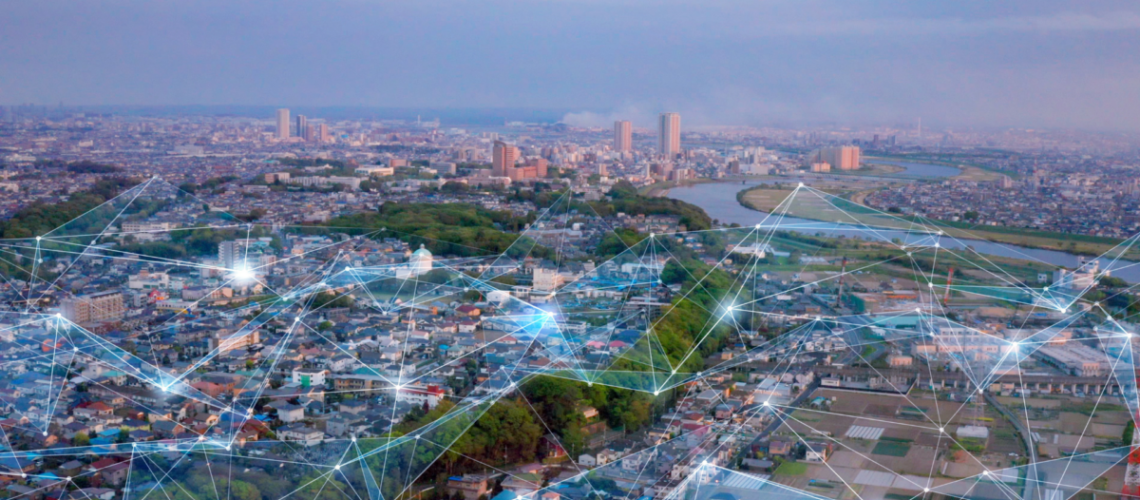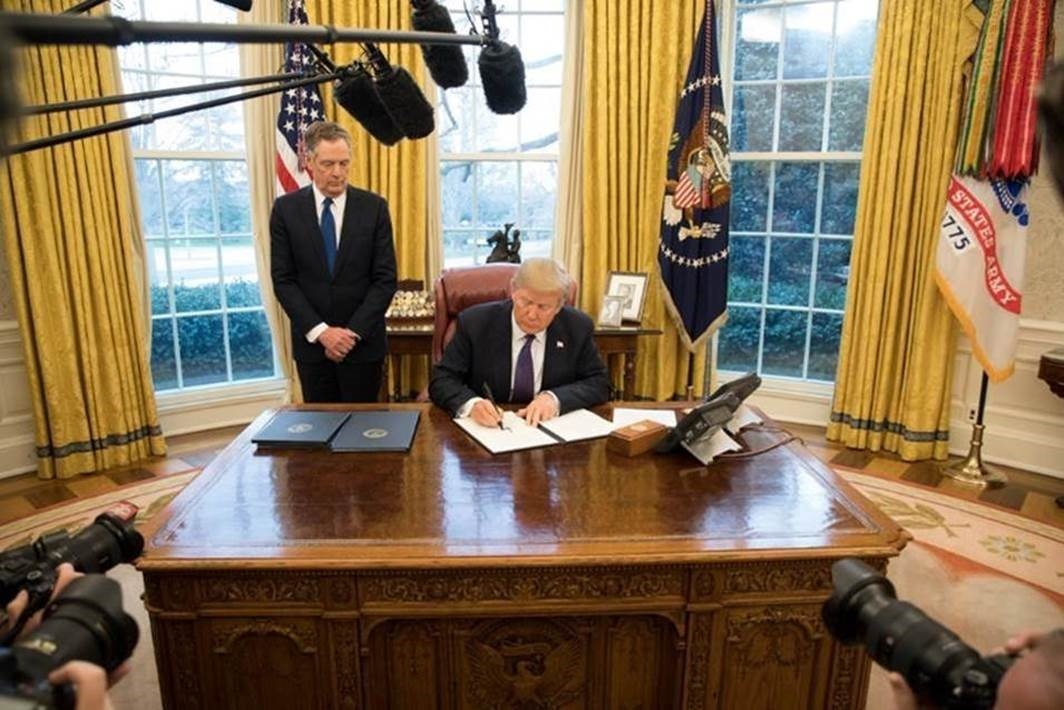Swell Energy and Shifted Energy’s combined solution comprises what the companies say is a turnkey virtual power plant that will provide utilities with forecasts of energy demand and generation across the board.
Grid solutions providers Swell Energy and Shifted Energy are merging the capabilities of their individual distributed energy resource management systems into a single offering that they say will help utilities better manage distributed assets on the grid.
Shifted Energy’s Grid Maestro system focuses on the smart management of household loads, like water heaters, thermostats and electric vehicle chargers, while Swell’s GridAmp manages and dispatches distributed solar and energy storage systems. Together, the two comprise a turnkey virtual power plant (VPP) solution that will provide utilities with forecasts of energy demand and generation across the board, the companies say.
As the electricity grid grows more distributed, VPPs – essentially networks of distributed energy resources, like rooftop solar and home battery storage systems – are becoming a key solution to ensuring reliability amid a transitioning energy mix and extreme weather events.
VPPs can improve the way electricity supply and demand are balanced on the grid – a balancing act that is becoming more crucial as the grid relies increasingly on renewable energy sources like solar and wind, which don’t produce electricity as steadily as a traditional fossil fuel plant, Sarah Delisle, vice president of government affairs and communications at Swell Energy, told pv magazine USA.
“By spreading out smaller, localized energy generation systems across the grid rather than depending on a few large, centralized power plants, we can reduce our dependence on long-distance power transmission,” she said.
And the integration of the two companies’ platforms offers several benefits to utilities, Delisle said. By expanding the pool of distributed energy resources (DERs) available to participate in a VPP, utilities can access a larger pool of controlled energy capacity in a single program, for example. And with more DERs integrated into the grid, they can use demand response strategies to reduce load during peak times, for instance by instructing connected devices to lower their energy use.
There’s also the potential to use these resources for “capacity building” events – for instance, during times of low demand on the grid, excess energy from solar panels or the grid can be stored in batteries or water heaters, and then used during peak hours, she said.
“A grid with greater control of and participation from the distributed energy generation and loads it is designed to serve can better withstand disruptions and provide improved grid resilience,” said Delisle.
Moreover, utilities can also see cost savings by deferring or avoiding infrastructure upgrades that would otherwise be needed to meet peak demand, she added.
The companies are working with multiple utilities in California and Hawaii, but in light of the changing climate, aging infrastructure and increasing demand on the grid, see VPPs as a good fit almost everywhere. That said, certain states – including Arizona, Florida, Idaho, Maryland and Massachusetts, among others – have markets and economics that are most advantageous for the technology, Delisle said. These states are also where Swell and Shifted are focusing their efforts.
A Brattle report from earlier this year compared the net cost of providing 400 MW of resource adequacy from three resources – a natural gas peaker, a grid-interconnected battery system, and a VPP composed of residential demand flexibility technologies – and found that the VPP offered utilities a net cost that is roughly 40% to 60% that of alternative options. In fact, 60 GW of VPP deployment could meet future domestic resource adequacy needs at a cost that is $15 billion to $35 billion lower than alternatives over the ensuing decade, according to the report.





